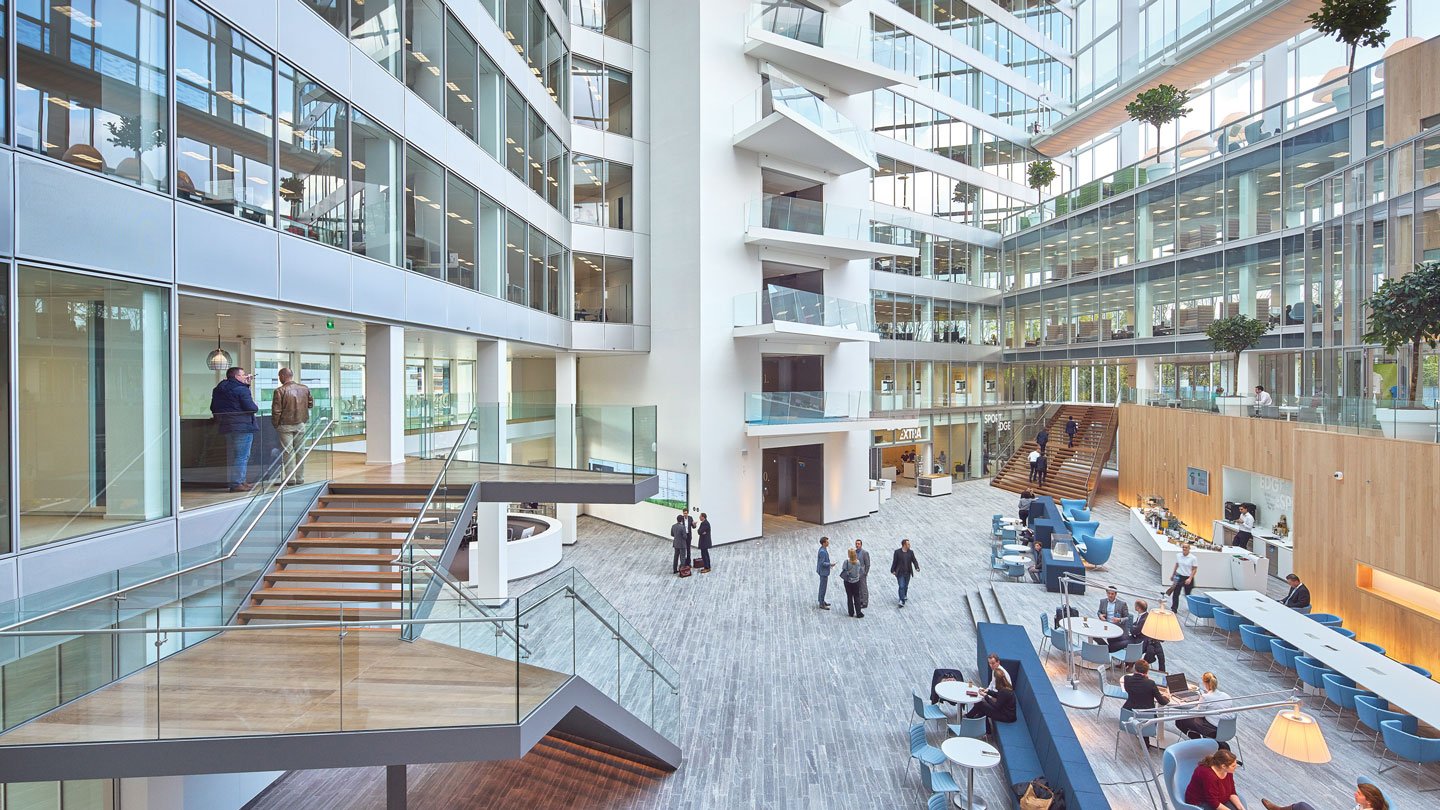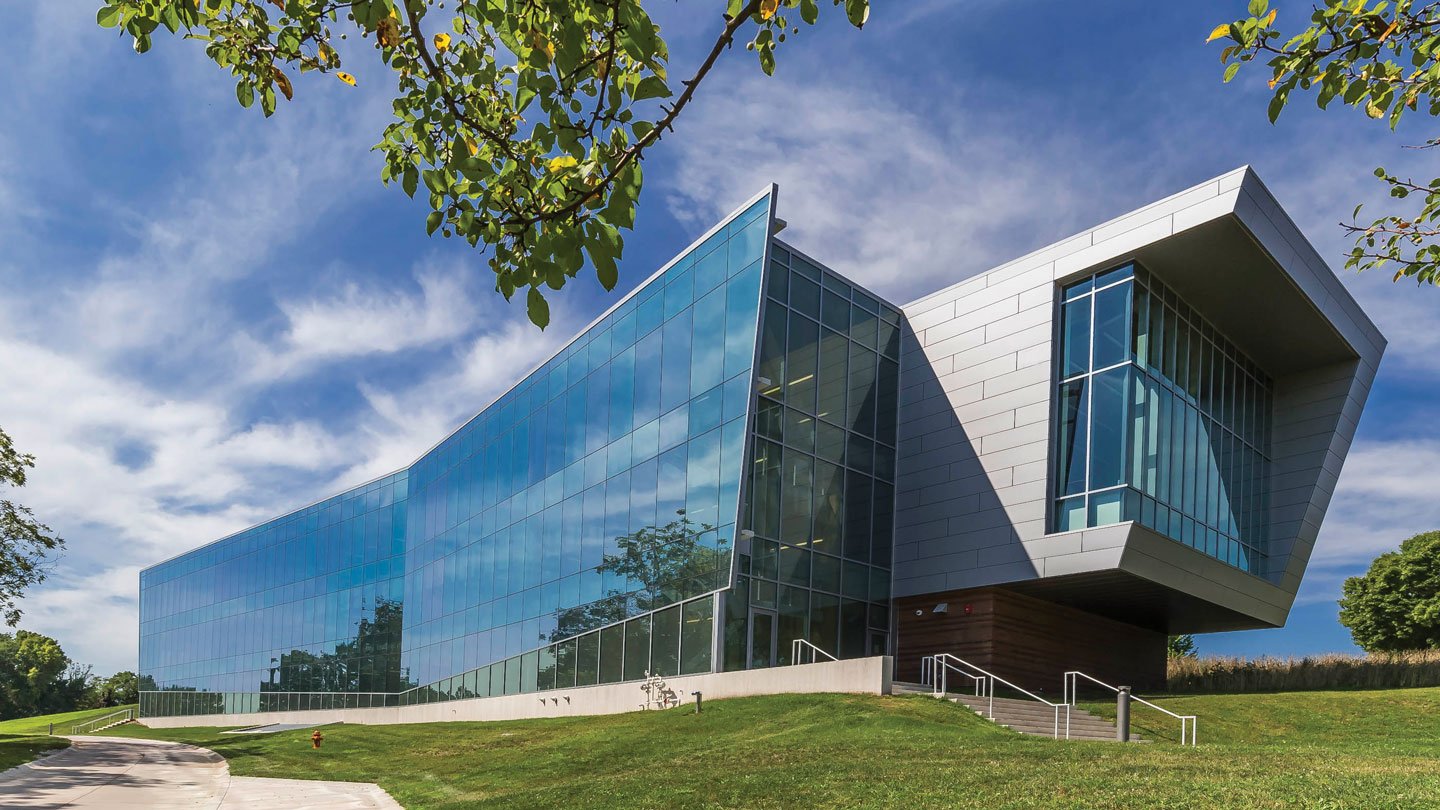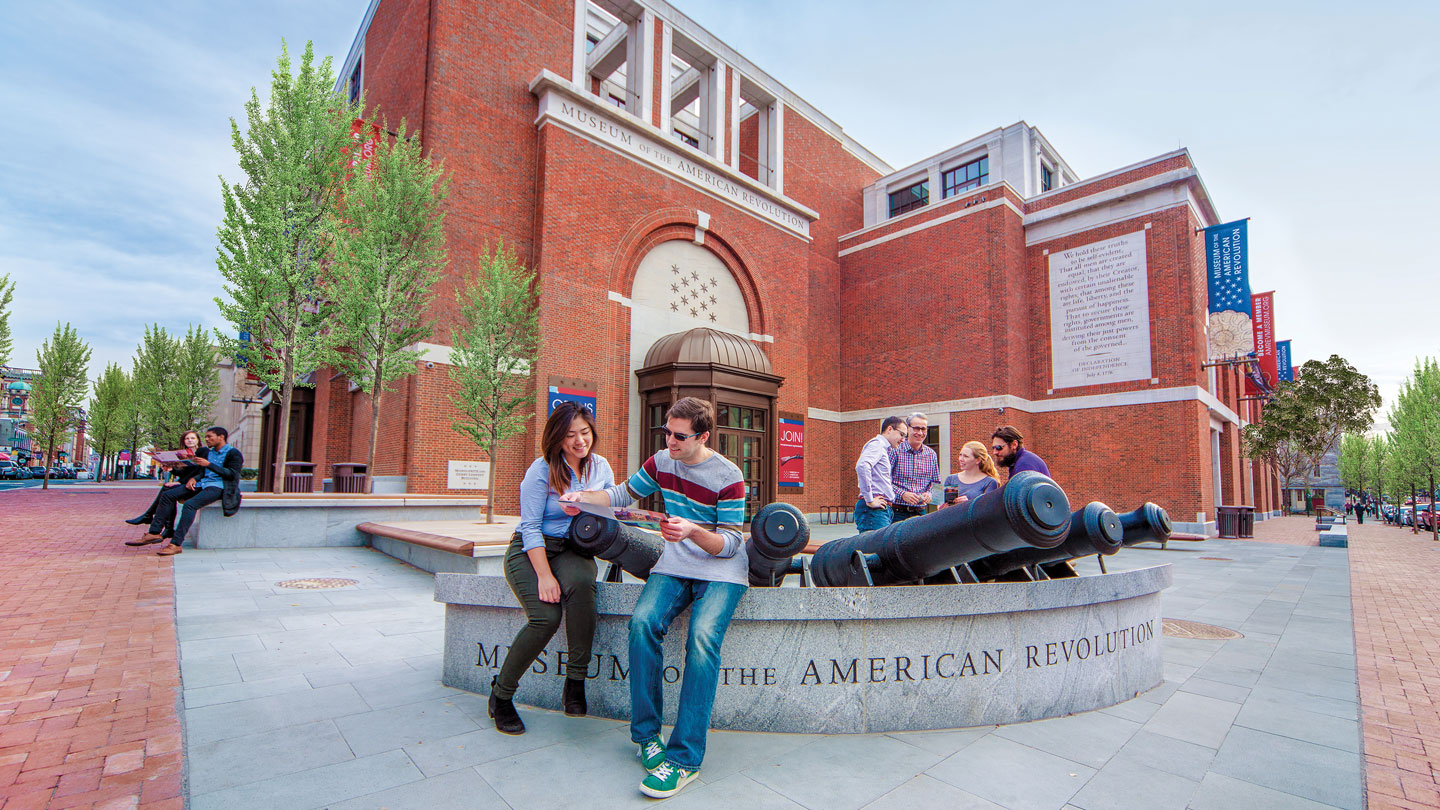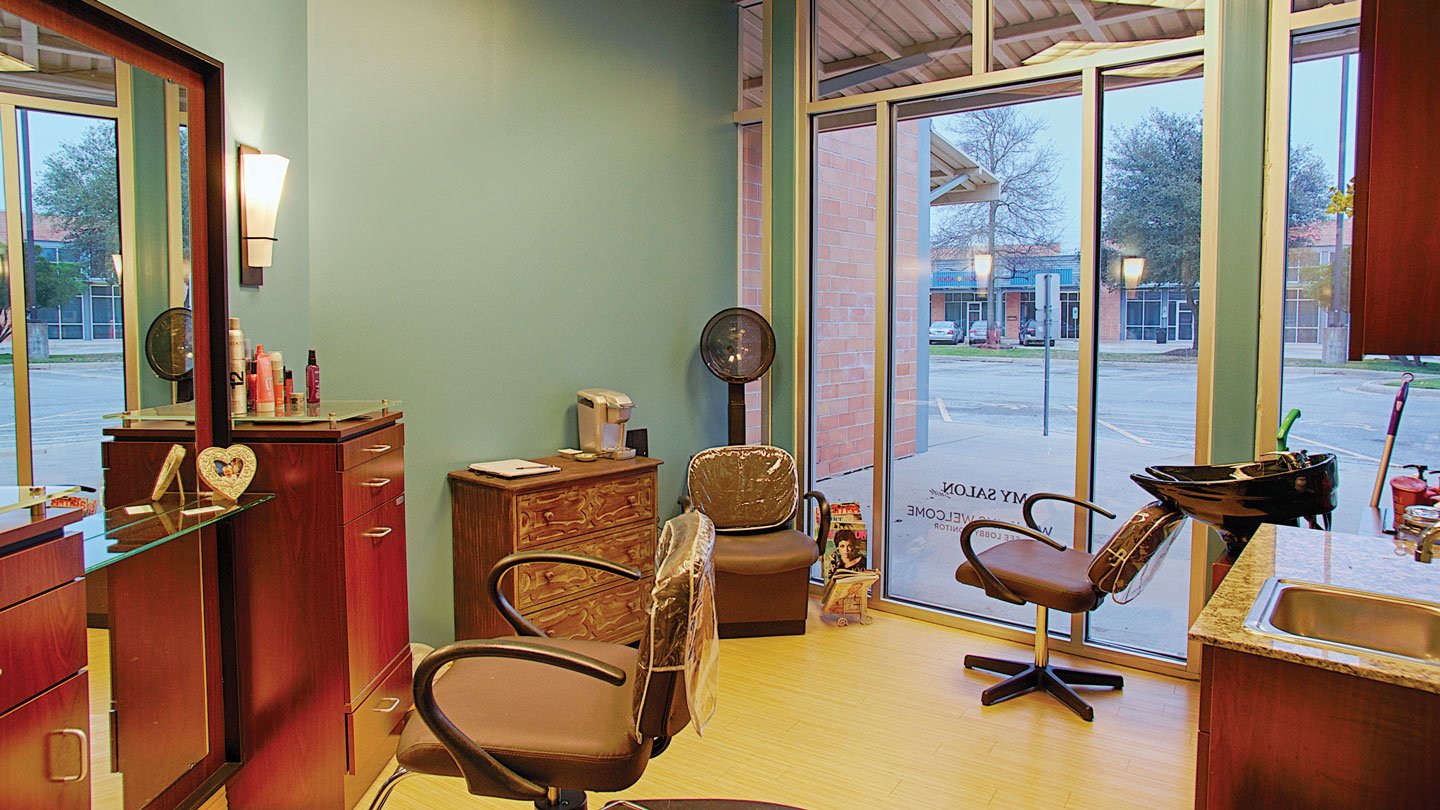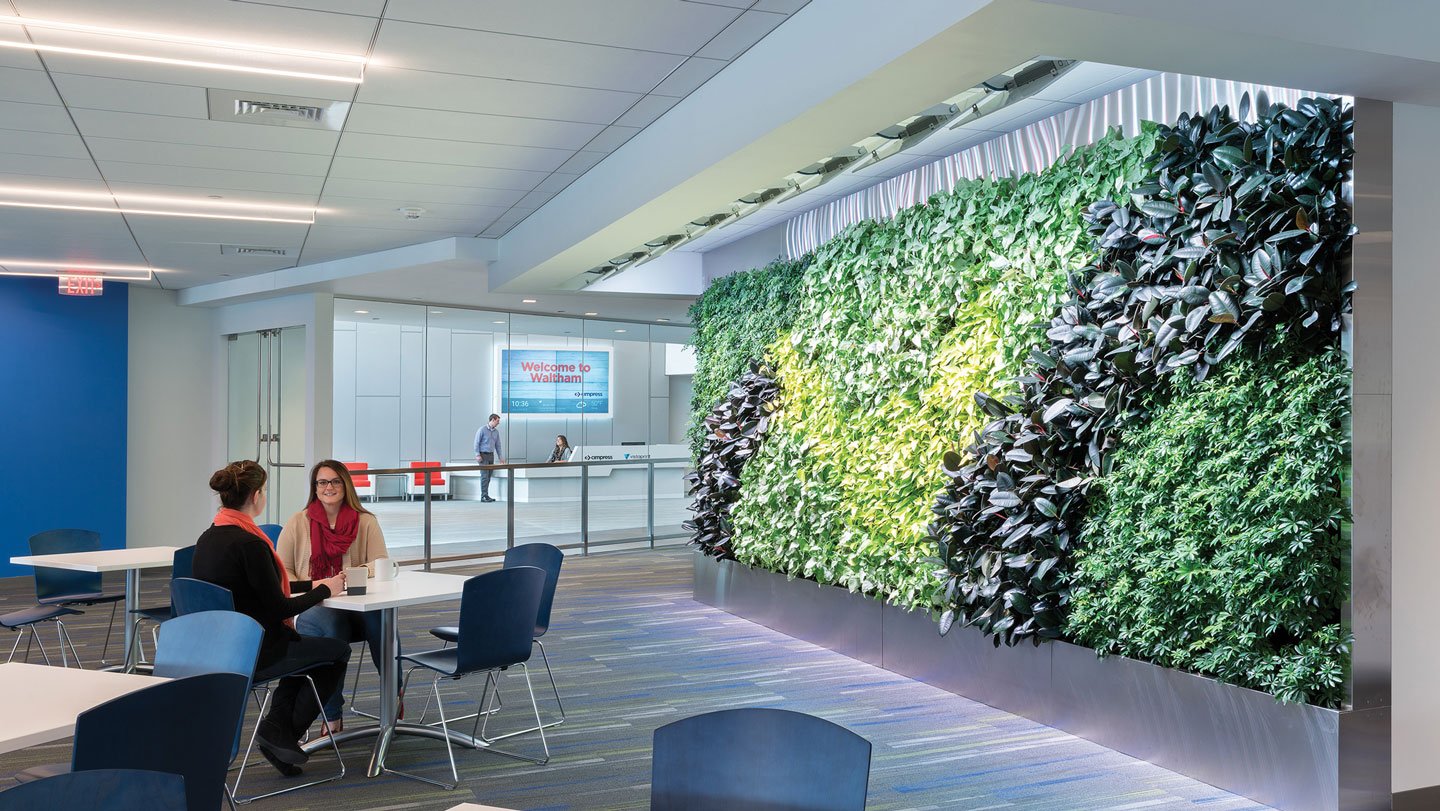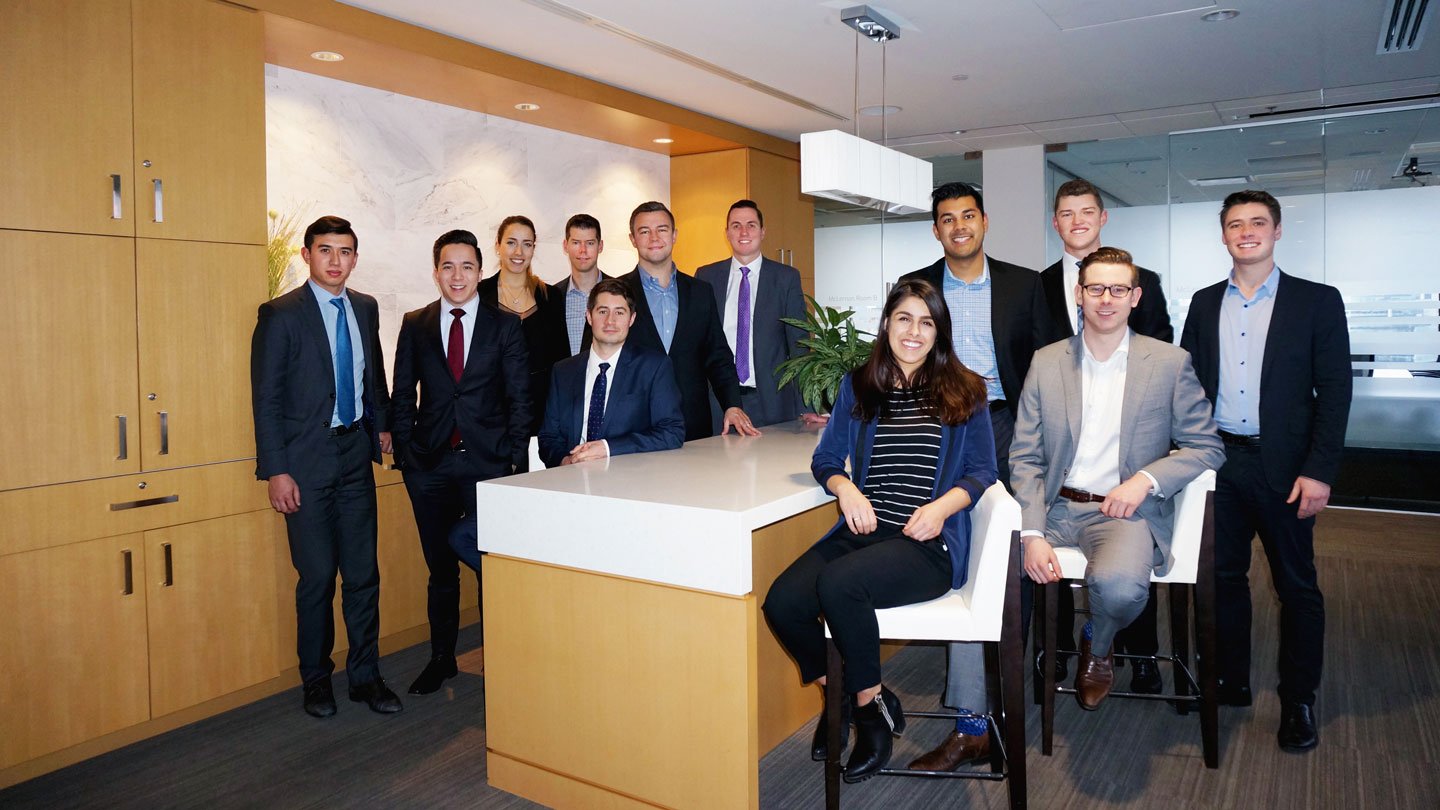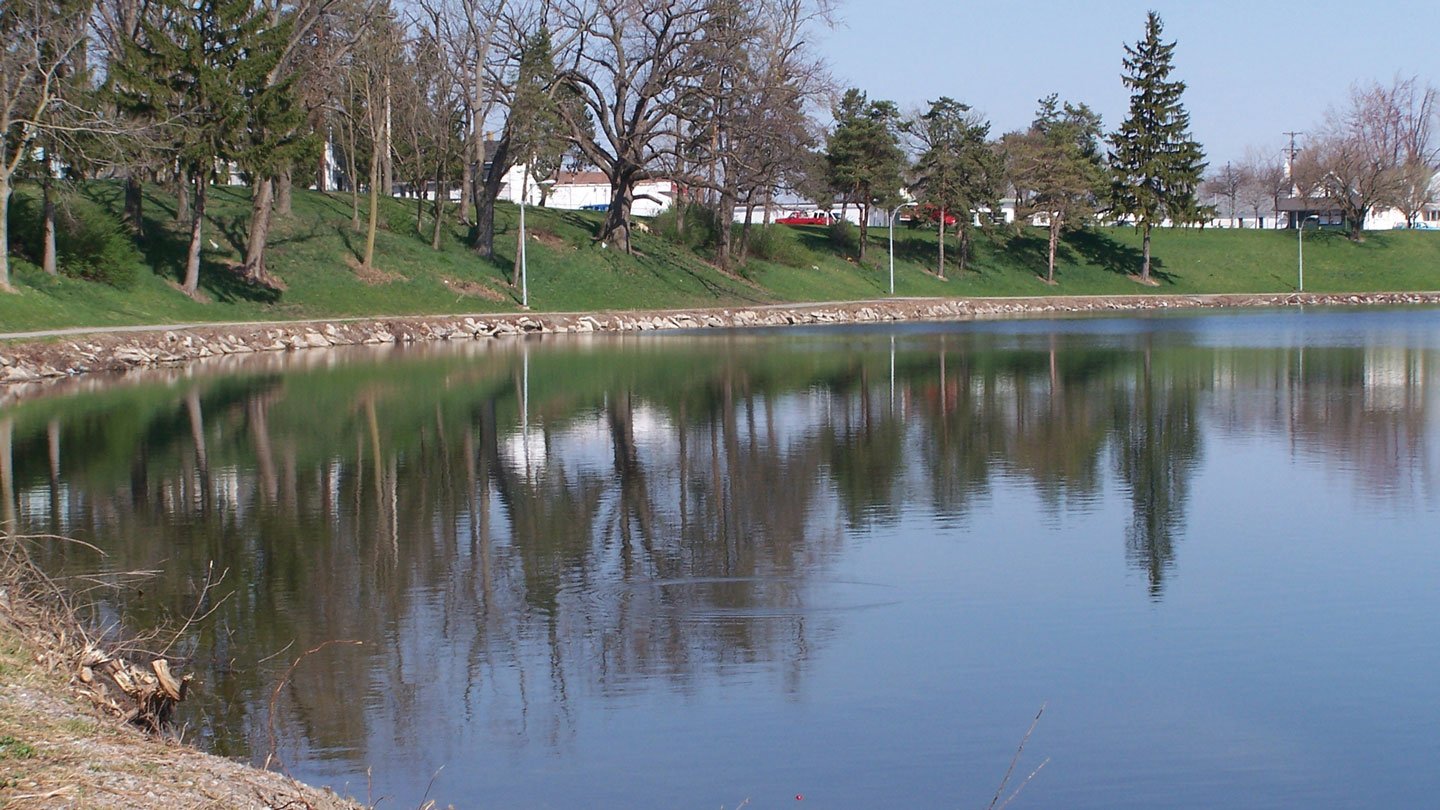NAIOP's 50th Anniversary
By: Sheila Kelly Vertino, Thomas J. Bisacquino, Margarita Foster, Kathryn Hamilton and Julie D. SternNAIOP celebrates 50 years of advocacy, education and professional excellence.
Summer 2017 Issue
Innovative Financing For Roads and Highways
By: Robert T. DunphyNew approaches are needed to fix an old problem.
Beyond 72 Degrees and Sunny Inside: Optimizing the Indoor Work Environment
By: Dan DiehlThe conversation about indoor environments is changing as tenants leverage new technologies to support employee productivity.
The Future of Family-owned CRE Businesses
By: Ron DervenHow can family-owned businesses stay competitive in the commercial real estate industry?
The Challenges Of Bringing a Museum to Market
By: Robbie Tarpley RaffishMuseum development requires collaboration among designers, contractors and museum operators.
Must-Read Articles

A Regulatory Framework for a New Administration
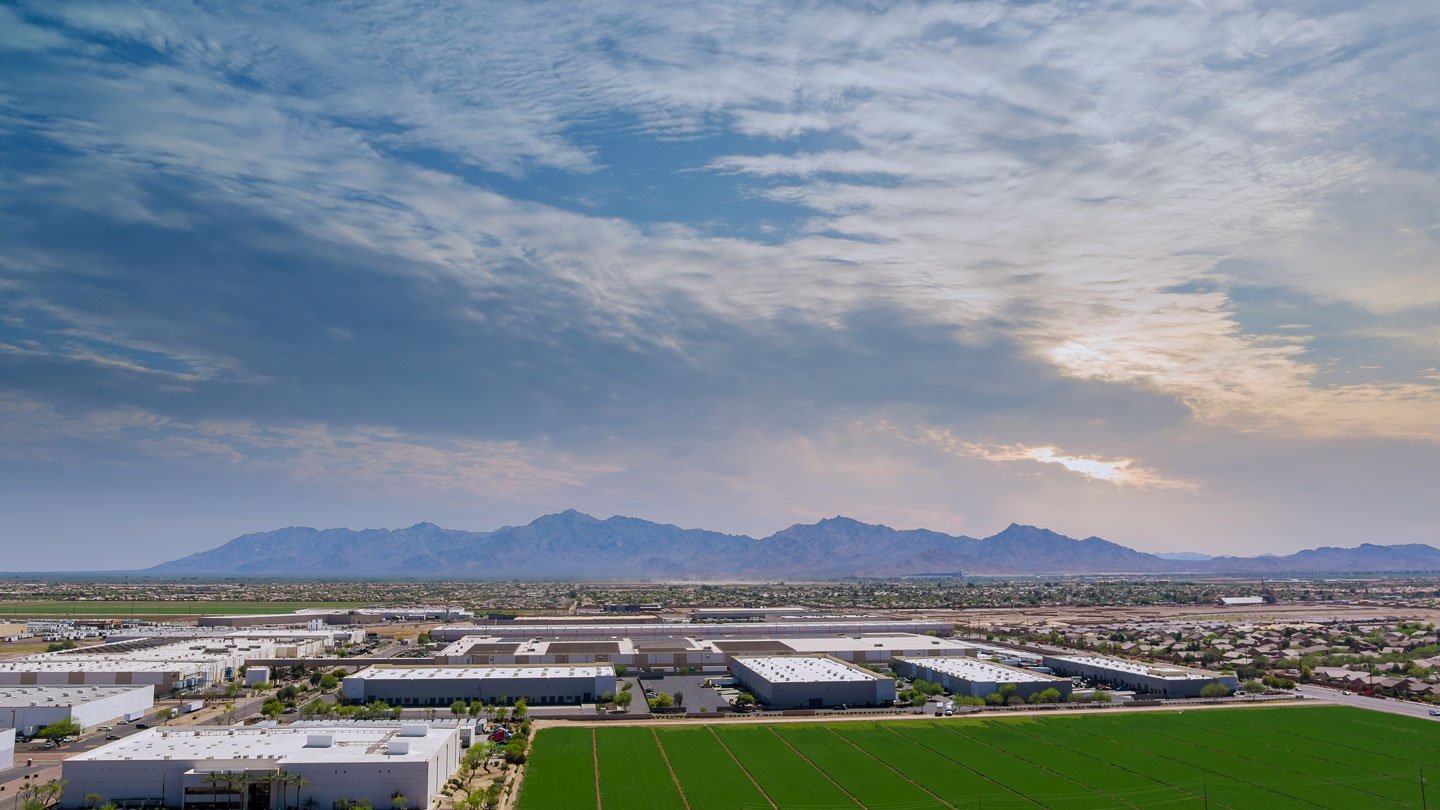
Canadian and U.S. National Industrial Trends

How Retail Flagships Lead the Fleet

Potential Pitfalls With Letters of Intent

How to Attract Institutional Capital

Cranes and Lanes: The Link Between Transportation Infrastructure and CRE
RELATED RESEARCH AND PUBLICATIONS
From Static to Strategic: AI’s Role in Next-Generation Industrial Real Estate
- Report,
- Technology,
- ...
Industrial Space Demand Forecast, Third Quarter 2025
Economic Impacts of Commercial Real Estate in Canada, 2025 Edition
PERSPECTIVES
CEO on Leadership: J. Dwight Bell, President and CEO, Cannon Equities
Is the Glass Half Empty or Half Full?
ADDITIONAL ARTICLES
Urban Food Halls
A More Relevant Measure of Risk
Building a Transit Army: How MARTA Army Is Working To Improve Atlanta's Bus Stops
Co-working Spaces for Health and Beauty Professionals
Bringing the Outdoors In With Living Walls
Colliers International's Advisor Development Program
Five Tips to Avoid Stormwater Headaches
Funding Transit to Industrial Properties
The Benefits and Risks of Triple Net Leases
Displaying Real-time Transit Information: An Update
New & Noteworthy Projects
ARCHIVED ISSUES
View All Archived Issues Summer 2025 Issue
Summer 2025 Issue
Development’s summer 2025 issue explores experiential retail and the brick-and-mortar resurgence. Also featured: a modern warehouse campus in Toronto that honors its manufacturing heritage; a coalition of Oregon real estate organizations working to revitalize downtown Portland; and the creative capital stack strategy behind a mixed-use project in West Baltimore.
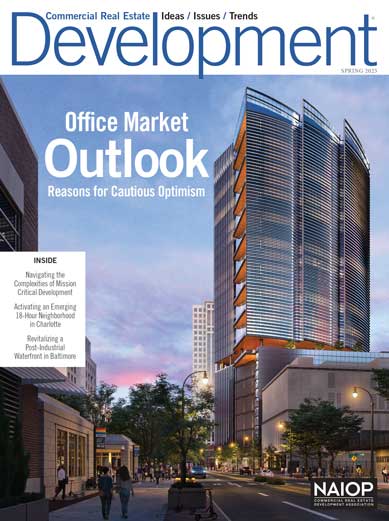 Spring 2025 Issue
Spring 2025 Issue
The spring 2025 issue offers insights about where the office market might be heading over the coming year, explores the complexities of mission critical development, and provides detailed looks at two transformative mixed-use projects: The Bowl at Ballantyne in Charlotte and Baltimore Peninsula in Maryland.
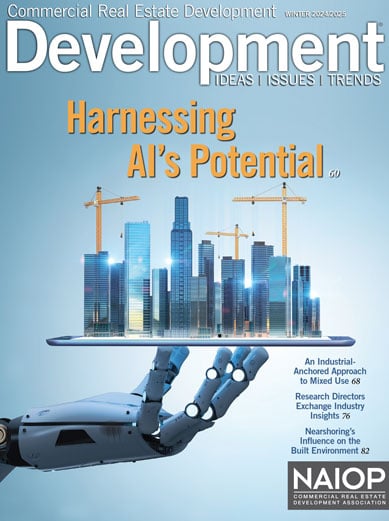 Winter 2024/2025 Issue
Winter 2024/2025 Issue
Development magazine’s winter issue delves into the evolving uses of artificial intelligence in the commercial real estate industry, from lease management and building operations to portfolio assessment and data analysis.



